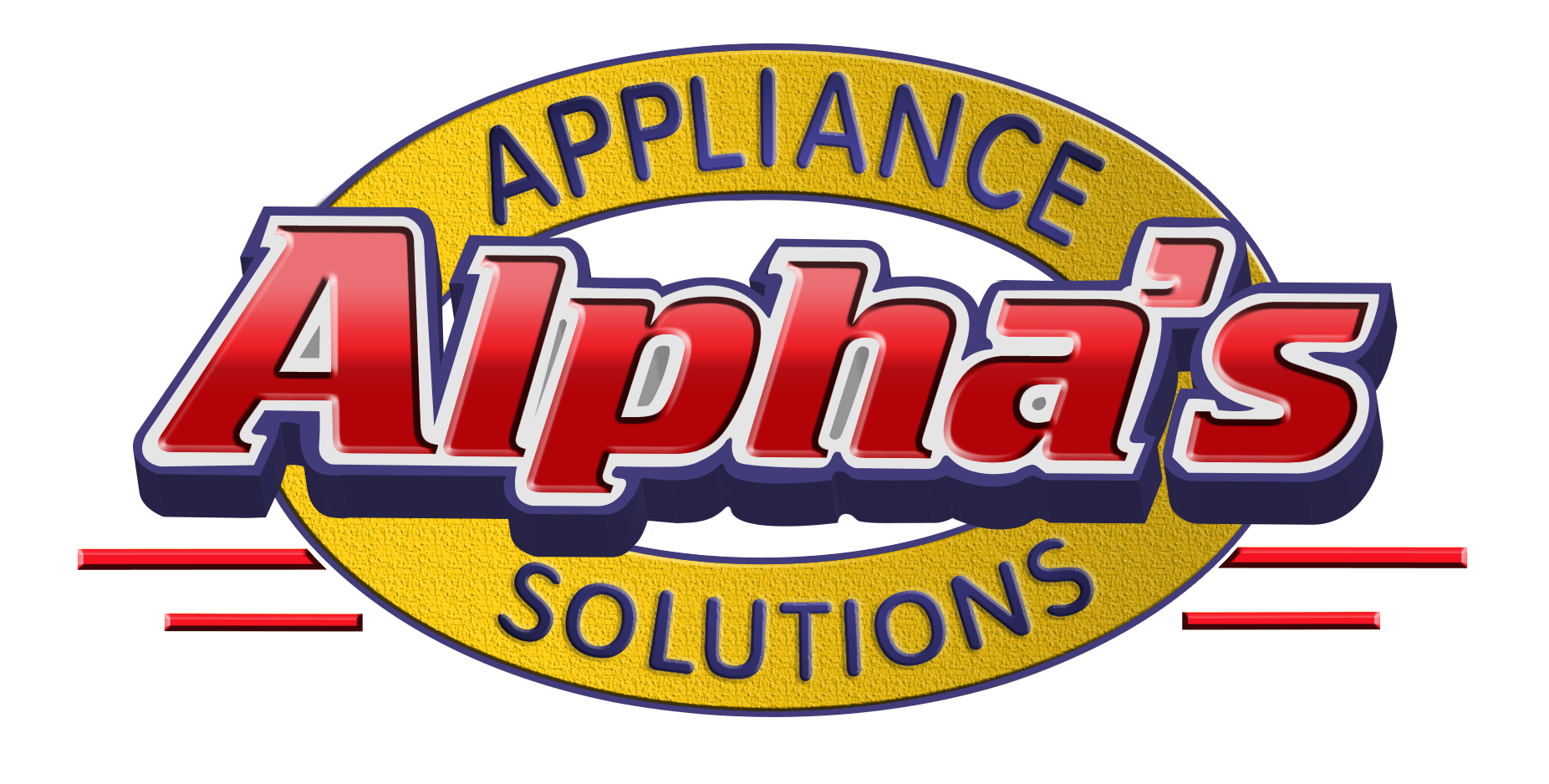
Convection vs. conventional ovens: what’s the difference?
19th Nov 2021
Should your next oven be convection? Our guide to convection vs. conventional ovens will help you decide.
Are you in the market for a new oven? You’ve likely heard about convection ovens, but how are they different from the conventional ovens you’re probably most familiar with?
Although convection and conventional ovens look similar on the outside, it’s easy to see the difference between the two when you look inside. Convection ovens come equipped with a fan, exhaust system and often a third heating element to help you get better results from your recipes.
What, exactly, is a convection oven?
A convection oven has a fan and exhaust system that circulate hot air around the cavity of the oven, reducing hot and cool spots and helping dishes on every rack cook more evenly. Convection ovens can also have a third heating element, called true convection, to help foods cook faster.1
Another advantage to convection ovens – the fan and exhaust system reduce the amount of moisture in the oven to help foods crisp and brown on the outside and stay juicy on the inside.
Most convection ovens have a convection setting that activates the fan, exhaust system and third heating element. The convection setting can be turned on or off, allowing for greater versatility. When the convection setting is on, you’re taking full advantage of the benefits of your convection oven. When the convection setting is off, your oven operates just like a conventional, thermal oven.
Remind me, what’s a conventional oven?
A conventional oven has two heating elements that heat air inside the oven to cook food. The heating element at the bottom of the oven is used for most cooking and baking, while the heating element at the top is mostly used for broiling . The dish closest to the active heating element cooks the fastest.
Since a conventional oven doesn’t have a convection fan to circulate hot air, pockets of hotter or cooler air can cause dishes to cook faster or slower, depending on their placement inside the oven.
Since most recipes are written for conventional ovens, people often feel more comfortable cooking with them because they don’t need to adjust time and temperature to account for hot air circulation and faster cook times.
So, which oven will best help you whip up after-school snacks, make cookies for the bake sale or get dinner on the table between soccer practice and ballet class? Whirlpool can help you decide.
What are the benefits of a convection oven vs. a conventional oven?
Both convection and conventional ovens have their distinct advantages. Learn more about their unique benefits.
The convection oven benefits
- Even baking and heat distribution
- Less rotating
- Improved browning, crisping and roasting
- Faster baking and roasting1
- Quick preheating
- Better cooking for multiple dishes at once
- Run long baking cycles without drying out foods
Conventional oven benefits
- More familiar functionality
- Most recipes are written for these models
When to use the convention setting
Use the convection setting on your convection oven for most cooking, roasting and baking needs, including meats, vegetables, casseroles, cookies and pies.
With convection roasting, meats like chicken and turkey can get a delicious crispy outer layer, while staying juicy on the inside.
With convection baking, cookies and brownies bake better depending on their placement within the oven cavity. For optimal results, leverage multi-rack cooking by centering your baking dishes on multiple racks within the oven cavity.
For certain baked goods like cakes, quick breads, custards and other delicate desserts and pastries, use conventional oven settings.
How to use a convection oven
Follow these simple steps for cooking, roasting and baking with your convection oven.
Step 1: Convert Recipes For Convection Ovens
- If you’re cooking with a convection oven, check the recipe to see if you need to adjust the time/temperature. While most recipes are written for conventional ovens, some recipes provide recommended times and temperatures for convection cooking and baking.
Step 2: Adjust Temperature
- A good rule of thumb for fan convection is to simply subtract 25°F from the temperature listed. Time and temperature adjustments can vary by oven cavity, but if your favorite brownie recipe tells you to preheat to 325°F, adjust to 300°F.
Step 3: Adjust Time
- For true convection, multiply the listed time by 0.75.2 For example, if your brownie recipe calls for 40 minutes, adjust to 30 minutes. Make sure to check your owner’s manual for exact instructions regarding time and temperature adjustments. Ovens can vary, so it’s always a good idea to keep an eye on what’s cooking.
Step 4: Preheat
- Preheat your oven to the adjusted temperature. An added bonus – convection ovens preheat quickly.
Step 5: Cook, Roast or Bake
- Set your timer for the adjusted time and place your dishes on the oven racks for consistent heat and even cooking. Use the convection roast setting for a brown, crispy outer layer on meats.
Tips for cooking with a convection oven
Looking to take your convection cooking skills to the next level? Check out our list of convection cooking do’s and don’ts.
Convection cooking dos:
- Do adjust recipe times and temperatures for the best results
- Do use cookware and bakeware with lower sides to enhance air circulation
- Do use your convection roast setting for roasting, browning and crisping
Convection cooking don’ts:
- Don’t block the convection fan with tall cookware
- Don’t overload your oven – overcrowding can make the oven less efficient
- Don’t use your convection setting for moist, delicate desserts and baked goods – like angel food cake, cheesecake, banana bread and flan.
